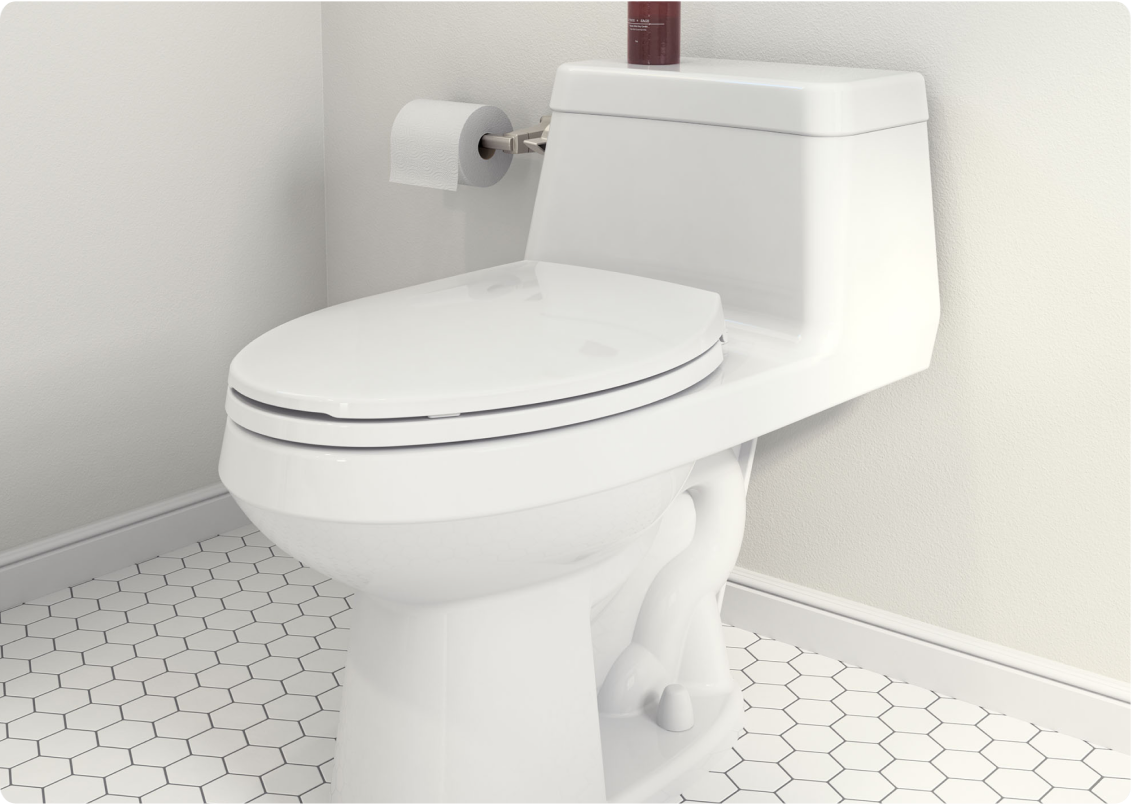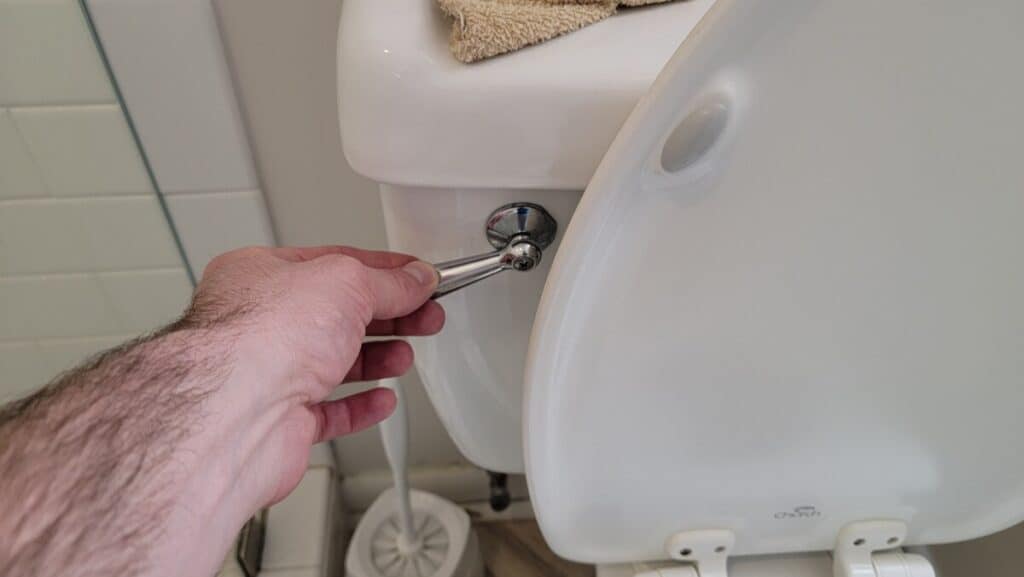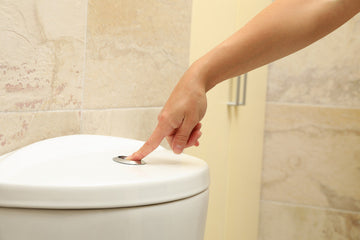In today's environmentally conscious world, the need for water conservation is more pressing than ever. As the quest for sustainable living continues, many households and industries are turning their attention to water-efficient toilets. The differences between low-flow and dual flush toilets have become a topic of significant interest, especially for those in the industry QA sector. These two types of toilets offer distinct features that cater to varying needs and preferences, ensuring an eco-friendly and cost-effective solution.
Understanding the differences between low-flow and dual flush toilets is crucial in making an informed decision. Both types aim to reduce water usage, but they do so in different ways. This article will delve into the specifics of each, helping you determine which option suits your needs best.

What Are Low-Flow Toilets?
Low-flow toilets are designed to use significantly less water per flush compared to traditional toilets. Introduced in the 1990s, these toilets have become a standard in many homes and businesses. The primary goal of low-flow toilets is to minimize water usage while maintaining effective waste removal. They typically use around 1.6 gallons of water per flush, compared to the 3.5 to 7 gallons used by older models.
One of the advantages of low-flow toilets is their simplicity. By using less water, they help reduce water bills and conserve resources. However, some users have reported that low-flow toilets may require multiple flushes to clear waste completely. Despite this, advancements in technology have led to more efficient designs that address these concerns.
Exploring Dual Flush Toilets
Dual flush toilets, on the other hand, offer a unique approach to water conservation. These toilets provide two flushing options: a lower volume flush for liquid waste and a higher volume flush for solid waste. This feature allows users to choose the appropriate amount of water needed for each type of waste, further enhancing water efficiency.
By offering two flush options, dual flush toilets can significantly reduce water usage without compromising performance. They are particularly appealing to environmentally conscious consumers who want to maximize water savings. Additionally, dual flush toilets are becoming increasingly popular in both residential and commercial settings.
For more information on how dual flush toilets function, you can explore [this insightful article](https://dripx.io/blogs/our-insights/what-is-a-dual-flush-toilet).
Comparative Analysis: Low-Flow vs. Dual Flush
When comparing the differences between low-flow and dual flush toilets, several factors come into play. Both types aim to conserve water, but their methods and efficiency levels differ. The choice between the two largely depends on individual needs and preferences.
Water Efficiency
In terms of water efficiency, dual flush toilets often have the upper hand. By allowing users to select the appropriate flush volume, they can achieve greater water savings. According to [this guide](https://www.ahs.com/home-matters/quick-tips/are-low-flow-toilets-worth-it/), dual flush toilets can reduce water usage by up to 68% compared to traditional toilets. Low-flow toilets, while still effective, may not offer the same level of flexibility.
Installation and Maintenance
When it comes to installation and maintenance, low-flow toilets are generally more straightforward. They often require minimal modifications to existing plumbing systems, making them an attractive option for retrofitting. However, dual flush toilets may require additional plumbing work, especially in older buildings. It's important to consider these factors when deciding between the two options.
Cost Considerations
Cost is another crucial factor to consider. While low-flow toilets tend to be more affordable upfront, dual flush toilets can lead to greater savings in the long run due to their enhanced water efficiency. For a detailed look at the cost benefits of eco-friendly bathroom fixtures, check out [this article](https://dripx.io/blogs/our-insights/choosing-eco-friendly-bathroom-fixtures).
Industry Insights: Making the Right Choice
For industry professionals, understanding the differences between low-flow and dual flush toilets is essential for recommending the best solutions to clients. Each type of toilet has its own set of advantages and limitations, and the decision should be based on factors such as water availability, budget constraints, and specific usage requirements.
Furthermore, staying informed about the latest advancements in toilet technology is crucial. Innovations in smart toilets, for example, have introduced features like automatic flushing and self-cleaning mechanisms, further enhancing water conservation efforts. To learn more about these technological advancements, visit [this resource](https://dripx.io/blogs/our-insights/smart-toilets-with-water-saving-features).
Conclusion
Ultimately, the choice between low-flow and dual flush toilets depends on individual preferences and environmental goals. Both options offer significant benefits in terms of water conservation and cost savings. By understanding the differences between low-flow and dual flush toilets, you can make an informed decision that aligns with your sustainability objectives.
For those interested in further exploring water-saving solutions, consider reading about [retrofits for water-saving toilets](https://dripx.io/blogs/our-insights/retrofits-for-water-saving-toilets) to enhance your current system.

FAQ
What is the primary advantage of dual flush toilets?
Dual flush toilets offer two flushing options, allowing users to choose the appropriate amount of water needed for liquid or solid waste, thus enhancing water efficiency.
Are low-flow toilets effective in conserving water?
Yes, low-flow toilets are designed to use significantly less water per flush, making them effective in conserving water and reducing utility bills.
Which type of toilet is more cost-effective in the long run?
While low-flow toilets are generally more affordable upfront, dual flush toilets can lead to greater long-term savings due to their enhanced water efficiency.






